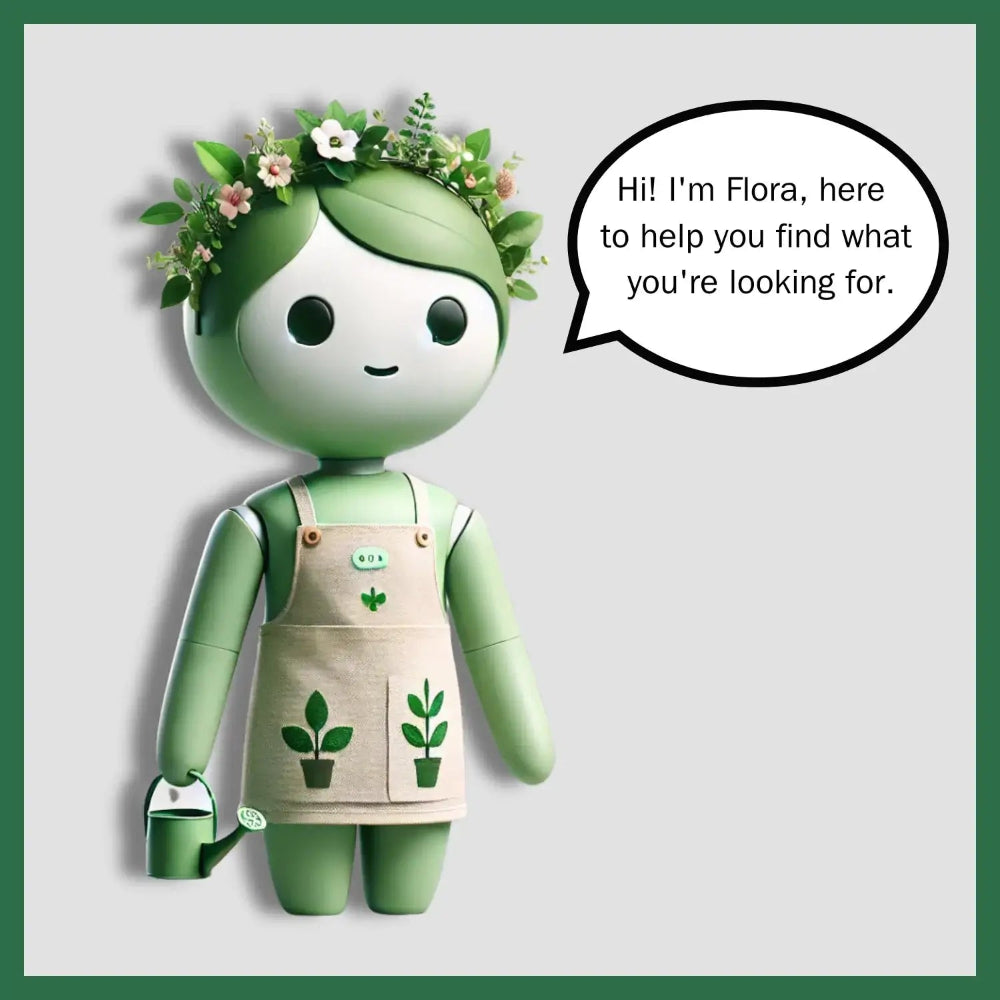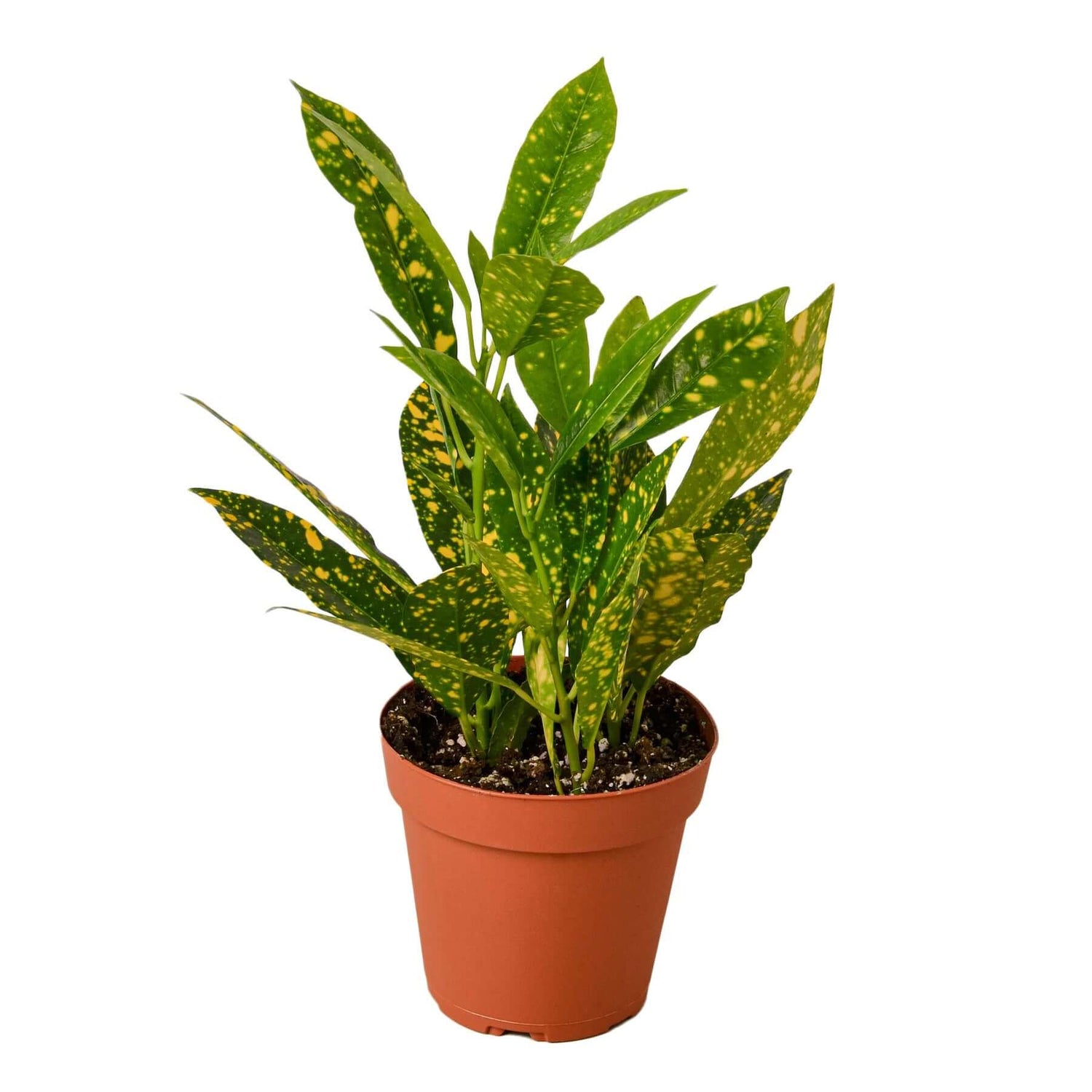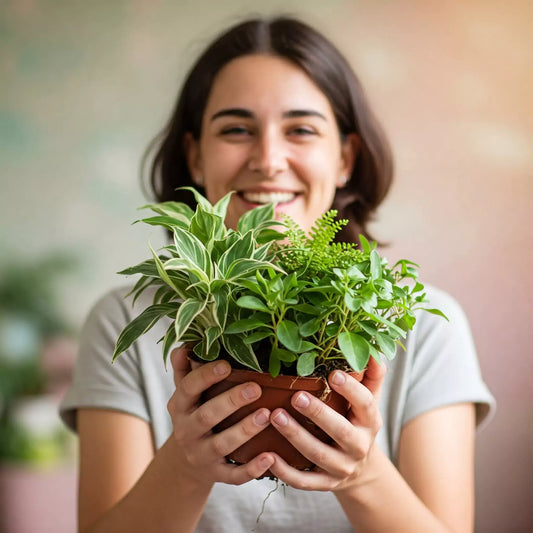As the days grow shorter and temperatures drop, indoor plants need a bit of extra care to stay healthy. Our guide provides five essential tips to help your indoor plants flourish during the fall and winter months. Let’s dive into the specifics of light, humidity, watering, fertilizing, and pest prevention.

-
Adjusting Light and Location for Optimal Growth
- Managing Light Exposure: During fall and winter, natural light decreases. Place your plants near windows that receive the most sunlight. If necessary, use artificial grow lights to supplement natural light. Read more about maximizing light for your indoor plants.
- Rotating Plants: Regularly rotate your plants to ensure even light exposure, preventing uneven growth and leaning. Learn more about the importance of rotating plants.
- Temperature Monitoring: Ensure plants are not exposed to drafts or extreme cold by monitoring the temperature near them.
-
Balancing Humidity and Temperature for Indoor Plants
- Increasing Humidity: Counteract dry indoor air from heating systems by using a humidifier or placing a water-filled tray near your plants. Check out our guide on increasing humidity for indoor plants.
- Ideal Temperature Range: Maintain indoor temperatures between 60-75°F (15-24°C). Avoid placing plants near drafts or heat sources to prevent stress.
-
Species-Specific Needs: Be mindful of the specific temperature and humidity requirements of different plant species. Explore our detailed care guides for popular indoor plants.

-
Watering Strategies for Seasonal Changes
- Adjusting Watering Frequency: As plants enter a dormant phase, their water requirements decrease. Check soil moisture levels before watering to prevent overwatering. Find out how to water your indoor plants effectively.
- Preventing Root Rot: Ensure that plants do not sit in standing water. Adjust the frequency and amount of water based on your plant's needs and home conditions.
-
Watering Techniques: Water less frequently but thoroughly, ensuring the soil is moistened without becoming waterlogged.

-
Choosing the Right Fertilizer for the Colder Months
- Adjusting Fertilizer Needs: During slower growth periods, use a fertilizer with lower nitrogen and higher phosphorus and potassium levels to support root development and overall health. Discover the best fertilizers for indoor plants.
- Application Guidelines: Follow packaging instructions for proper dosage and application frequency. Apply fertilizer sparingly to avoid over-fertilization.
- Nutrient Balance: Ensure your plants receive the necessary nutrients for the colder months without promoting excessive leafy growth.
-
Rotating and Relocating Plants
- Importance of Rotating Plants: Regularly rotating your plants helps ensure all sides receive equal light exposure, preventing uneven growth and leaning towards the light source. Learn why rotating your plants is essential.
- When and How to Relocate Plants: Consider relocating plants to spots with better light or more stable temperatures. Gradually adjust their position to avoid shock.
- Creating a Cozy Winter Spot: Find or create a cozy spot in your home where plants can get enough light and stay away from drafts and cold windows. Use shelves or plant stands to position them optimally. Check out our tips for creating the perfect winter spot for your plants.
-
Preventing Common Indoor Plant Diseases and Pests
- Regular Inspections: Check plants for signs of pests or diseases, such as yellowing leaves or unusual growth patterns. Isolate affected plants to prevent the spread.
- Plant Hygiene: Maintain good plant hygiene by removing dead or decaying leaves and keeping the surrounding area clean.
- Natural Pest Control: Use neem oil or insecticidal soap to combat pests like aphids or spider mites, ensuring safety for both plants and the environment.
- Preventative Measures: Be proactive in maintaining a healthy environment to minimize the risk of diseases and pests. Read more about preventing common indoor plant problems.

Caring for indoor plants during fall and winter involves a few key adjustments, but the effort is well worth it. By following these essential tips, you can ensure your plants remain healthy and vibrant all season long. Enjoy the beauty of your indoor garden through the chillier months and beyond!
Articles Related:










